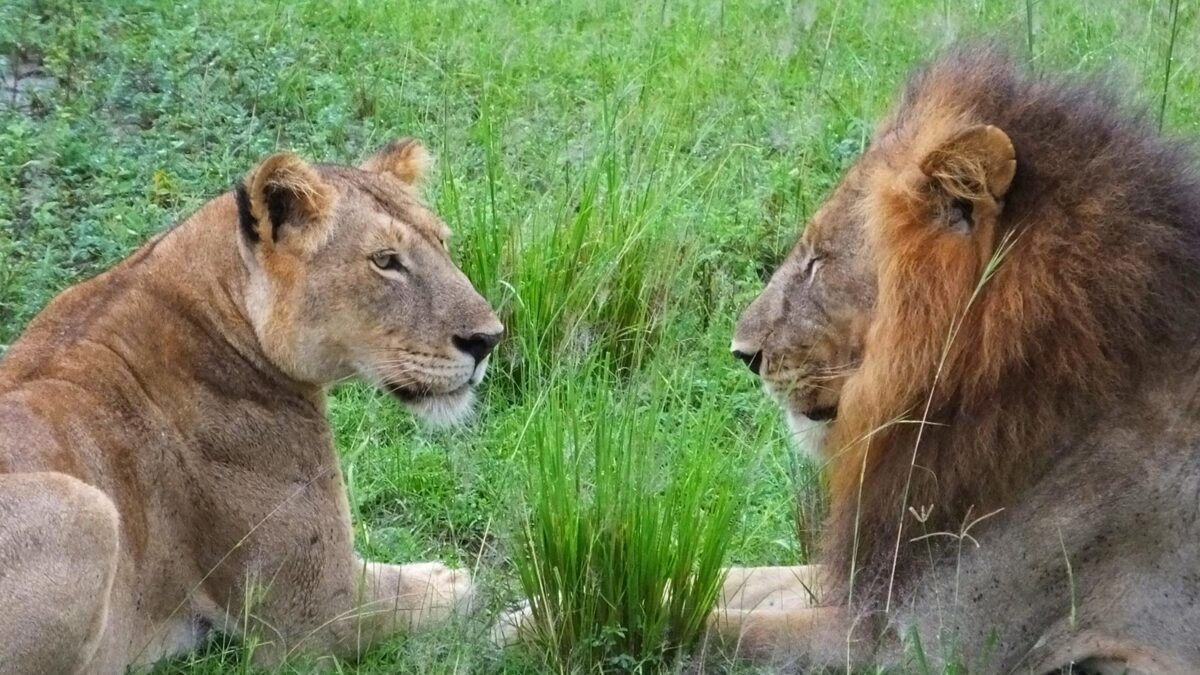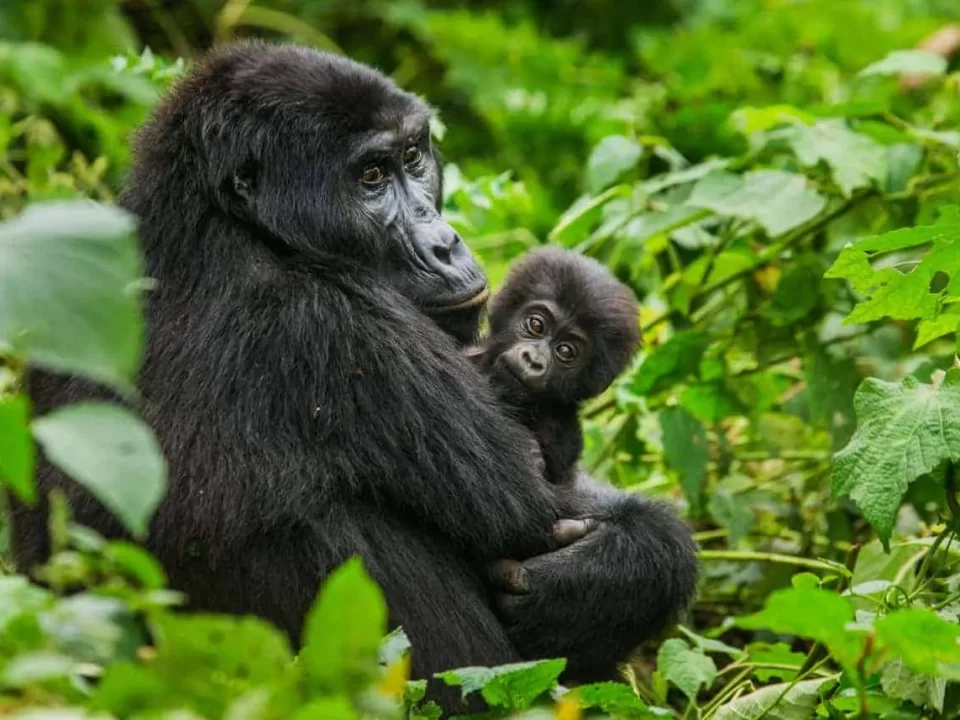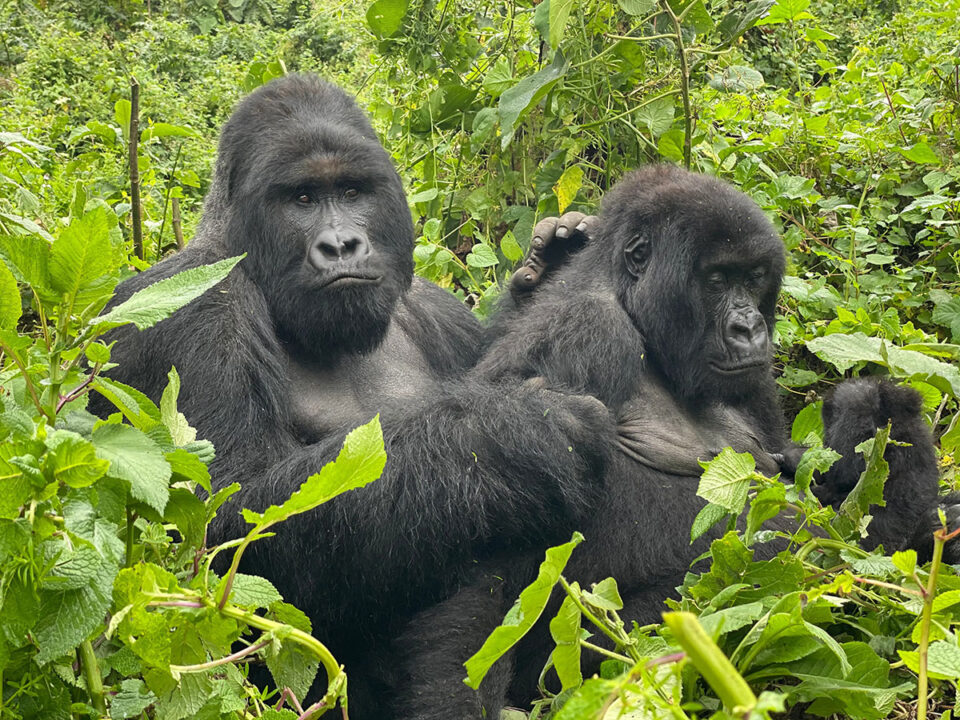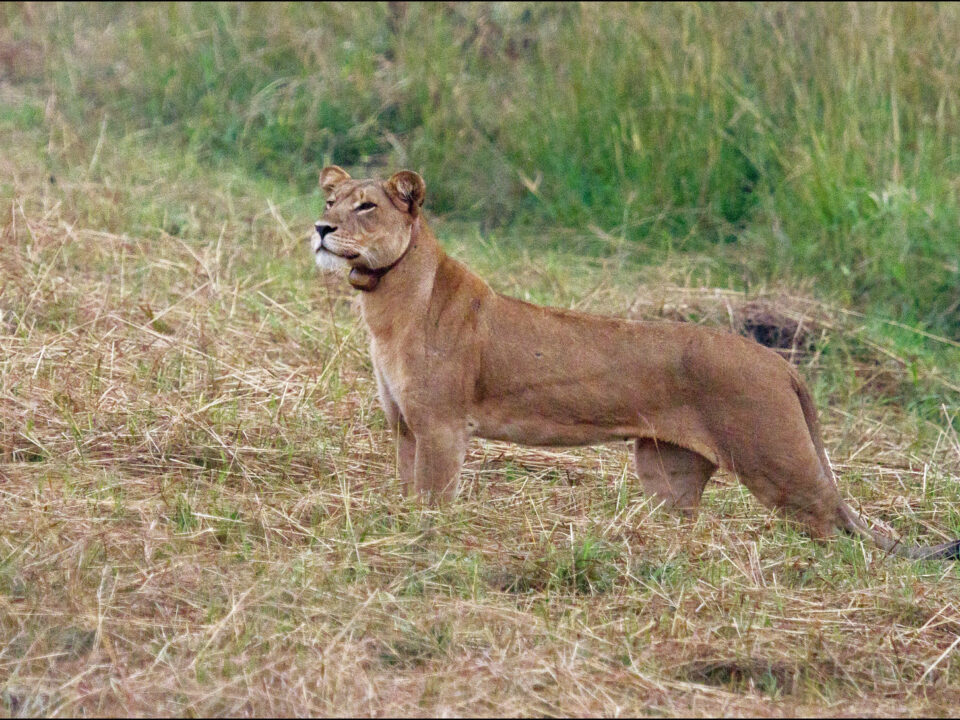Optimal Locations for Lion Encounters in Uganda

Best Time to Visit Bwindi impenetrable National Park
February 28, 2024
African Safaris in May
February 28, 2024Optimal Locations for Lion Encounters in Uganda – Immersive Lion Tracking Experience
Optimal Locations for Lion Encounters in Uganda — Embarking on a journey to witness the majestic lions in Uganda’s National Parks is a captivating experience, and understanding the prime locations for such encounters enhances the thrill of a game drive. Lions, often referred to as the kings of the jungle, rank high on the list of sought-after wildlife sightings, with approximately 90% of clients expressing their desire to spot these magnificent big cats during their safari adventures. The fascination with lions is surpassed only by the allure of leopards, creating an atmosphere of anticipation and excitement among safari-goers.
Fully grown male lions typically weigh between 150-250kg, while females range from 120-182kgs. In the wild, lions can live up to 14 years, and in captivity, their lifespan can extend to 20 years. The female lions are primarily responsible for hunting, a behavior that showcases their prowess in providing sustenance for the pride.
Male lions have a substantial daily meat requirement, needing at least 7kgs per day, while females consume around 5kgs. Following a significant hunt, such as taking down a buffalo, a lion can devour up to 30kgs of meat. Lions strategically retreat into thickets, especially in open areas like Murchison Falls National Park, to safeguard their prey from hyenas and minimize disturbances from safari vehicles.
Lionesses typically begin reproducing at the age of 4, engaging in mating rituals that can span several days. The gestation period lasts 110 days, and females give birth to 1-4 cubs in secluded areas like thickets to protect them from potential threats like hyenas. Cubs, weighing between 1.2–2.1 kg, exhibit brown spots that gradually fade as they reach adulthood.
Witnessing Tree-Climbing Lions in Uganda’s Ishasha Region
An extraordinary adventure unfolds in Uganda’s Queen Elizabeth National Park, specifically in the southern section near the Congo border, where lions exhibit a rare behavior – climbing trees. This unique phenomenon, witnessing lions perched on tree branches, occurs as they seek refuge from the midday sun. Spotting these tree-climbing lions offers a memorable and distinct safari moment, adding a layer of intrigue to the typical savannah grassland sightings.
Top Lion Viewing Destinations in Uganda
Queen Elizabeth National Park:
Lions grace almost every sector of Queen Elizabeth National Park, with notable sightings in the Mweya region. The Kasenyi plains, famous for lions climbing cactus trees, captivate visitors with the thrilling scenes of these powerful cats in their natural habitat. In the southern Ishasha sector, lions have been spotted climbing fig trees and acacia, earning them the moniker of tree-climbing lions.
Kidepo Valley National Park:
Renowned for its increasing lion population, Kidepo Valley National Park stands as one of the top destinations for lion sightings. The park’s remote location and fewer visitors contribute to a remarkable experience. Lions, often observed during the dry season on morning or evening game drives, dominate the territories of Narus Valley, creating a unique hunting ground.
Murchison Falls National Park:
Celebrated for its rich wildlife, Murchison Falls National Park ranks among the best places to see lions in Uganda. Game drives in this park offer opportunities to encounter lions, especially in the Nile Delta region where the Nile converges with Lake Albert. Lions, congregating in prides, freely roam the open savannah, providing enchanting moments for safari enthusiasts.
As part of the ongoing Uganda Carnivore Program, research is conducted on lions, addressing the challenges posed by the presence of local communities in the park. This initiative aims to safeguard the lion population in the area, ensuring a harmonious coexistence between wildlife and communities.




